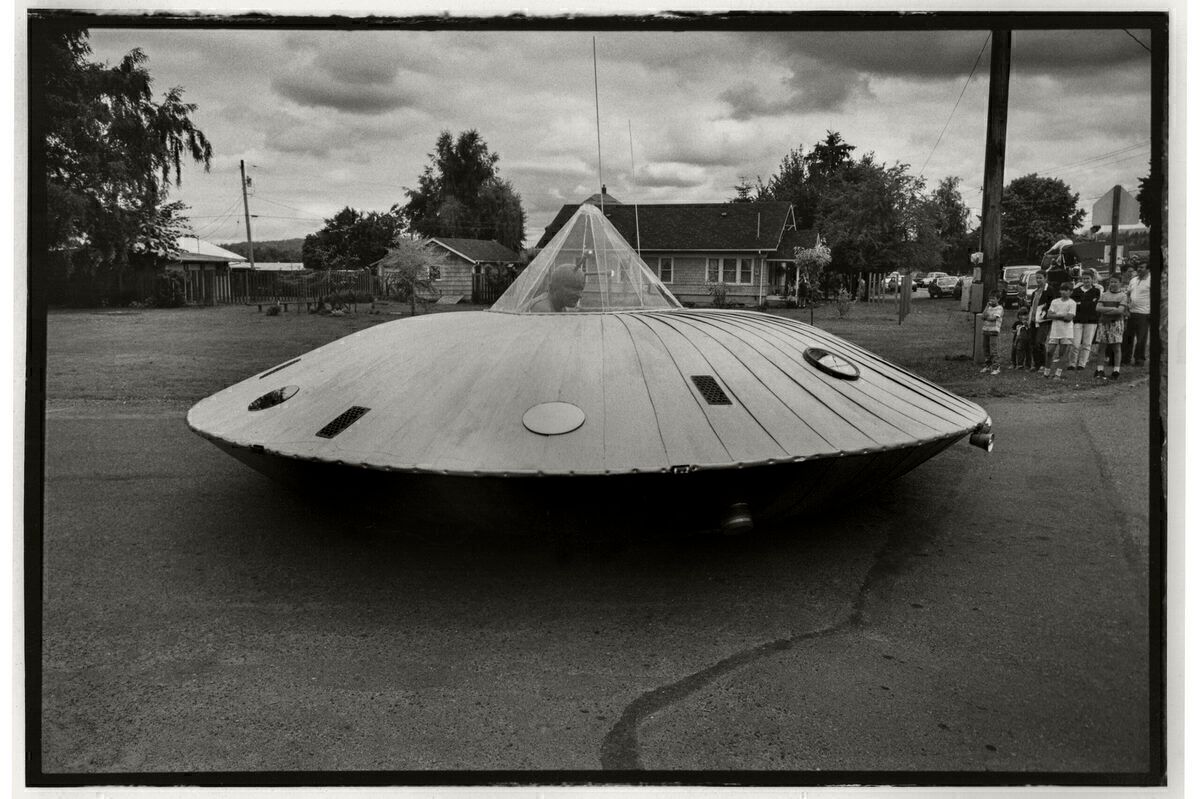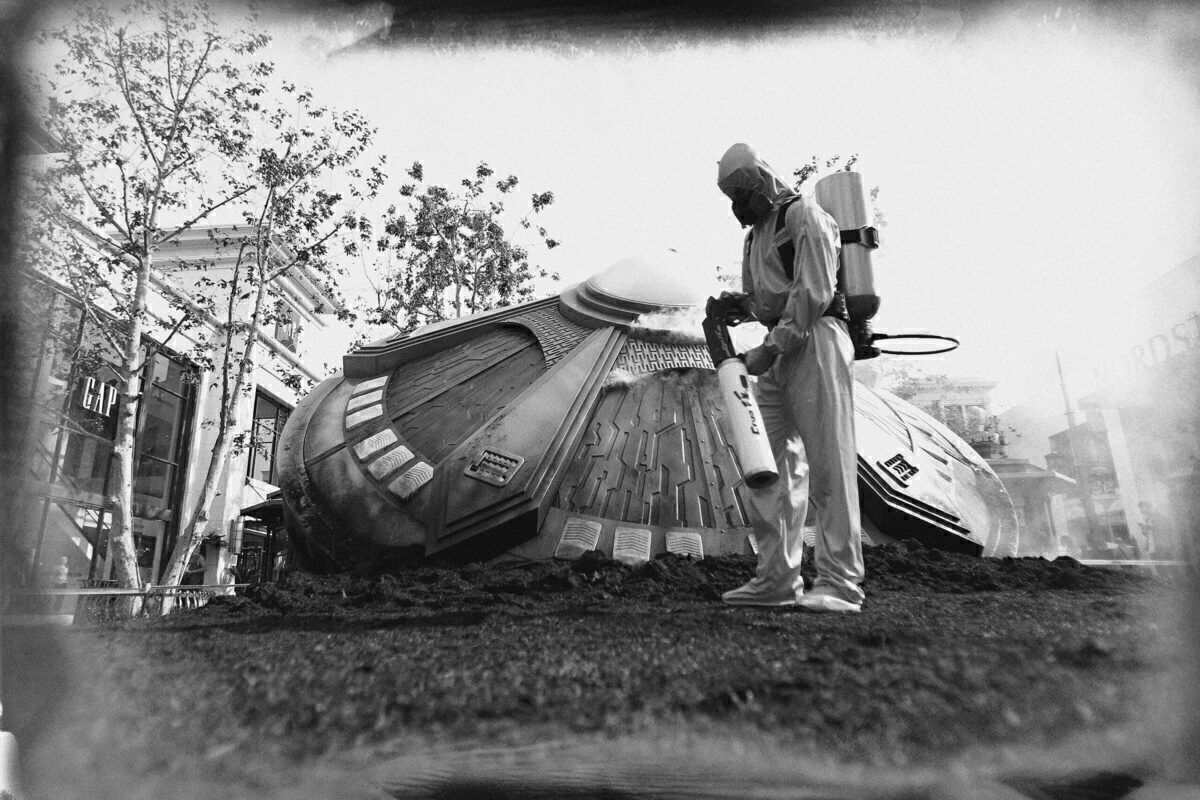It seems as though Airbus is taking a totally different approach with its future aircraft program. Simple Flying understands that the A360 will feature a revolutionary annular fuselage form, with the first aircraft being scheduled to hover off the mass fabrication line on April 1st, 2025.
The whole world has seen an enormous emphasis placed on responsible flying as we move toward the future. While many feel hydrogen is the new fossil fuel replacement, Simple Flying understands that unobtanium is being angled as a future fuel for such planes.
A 'revolutionary' design
The Airbus A360 is set to throw the famed tubular fuselage design in the bin. Starting from scratch, the A360 will be comprised of 360 individual sections. Each section represents one degree of the plane, with the completed fuselage resembling a saucer's shape. The European aircraft processor said the modular design was vital to ensure that production can continue at all of its sites.
While all sections are identical, Airbus will build 60 per aircraft in Broughton, 173 will be made at the Finkenwerder site, with the remaining 127 units will be built in Mirabel. Each time a plane is built, a Beluga XL will fly from Toulouse to Broughton and then on to Hamburg. Having loaded up in Hamburg, it will make the hop to Montreal before returning to Toulouse. Unfortunately, only 359 parts fit in the aircraft, meaning the last part must be driven from Hamburg to Toulouse strapped to the roof of an intern's car.
360-degree views
The Airbus A360 will also be groundbreaking when it comes to the passenger experience. Its unique unobtanium-powered fuel source means that the aircraft rotates at a frequency just off that registered by the human eye. As such, while the aircraft is turning quickly, it appears to be rotating slowly to a human peering out of the window.
However, the rotational effect is also key to making the aircraft fly. The angular momentum of the craft ensures that the vehicle is always falling sideways rather than down. This means that very little force is actually required to make the aircraft rise off of the ground. If it encounters turbulence, the plane can rotate 90 degrees to slice through the bad air. This maneuver is still being refined to avoid damaging the fabric of space.
Commenting on the aeronautical breakthrough, the program's chief scientist Henry Wu told Simple Flying,
"The new Airbus A360 will litterally knock the socks off of the competition. With aircraft starting at $14,01,2021 this is a deal that airlines won't want to miss out on."
Are you excited to see this project get off the ground? Let us know what you think and why in the comments!



